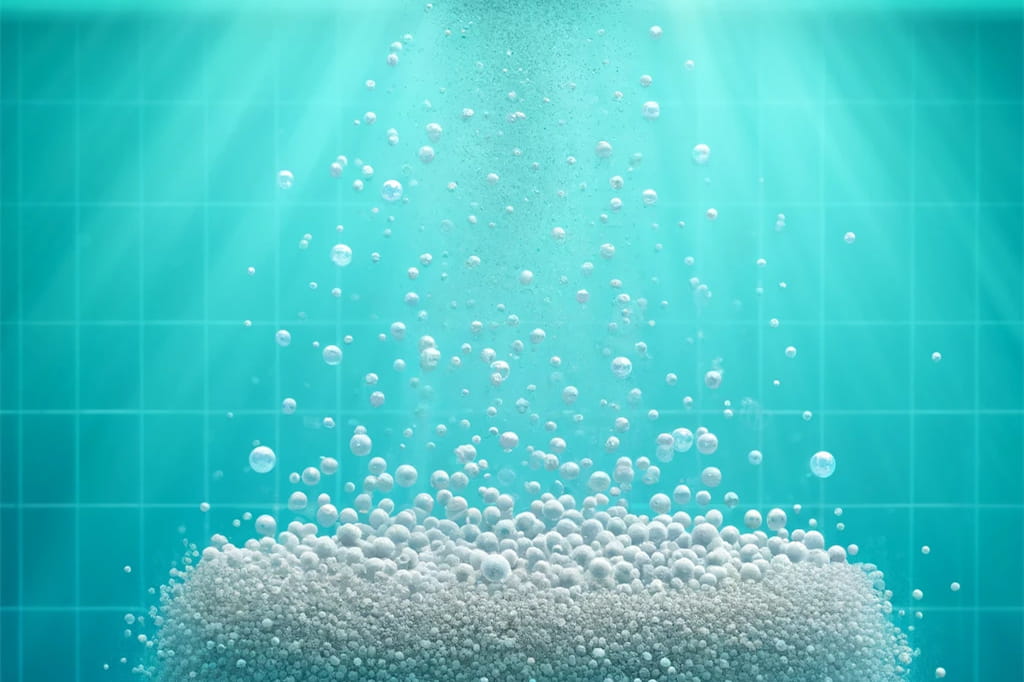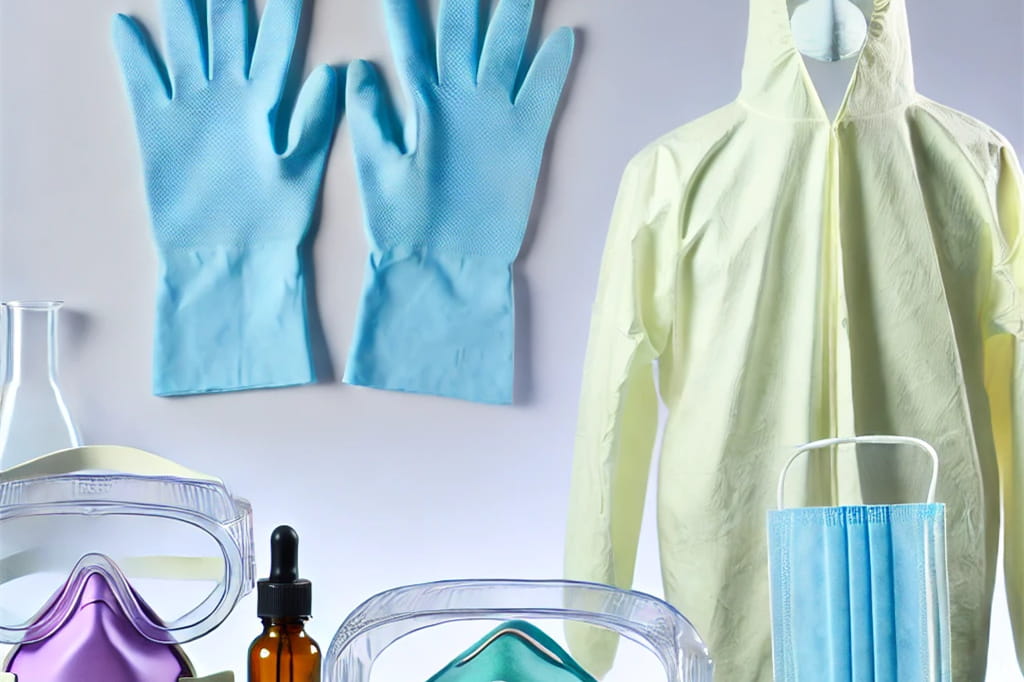Flocculants are widely used in water treatment to clarify liquids by aggregating suspended particles, making them easier to remove. These chemical agents are valuable in various applications, from industrial water purification to enhancing the clarity of swimming pools. However, as beneficial as flocculants are, they also require proper handling to ensure safe and effective use. This guide delves into essential precautions and safety recommendations for working with flocculants, particularly focusing on pool flocculants and ensuring a safe environment during application. If you’re seeking flocculants for home or commercial use, you’ll often find a variety of flocculants for sale that meet different needs. Here, we’ll cover crucial tips and insights for using flocculants safely and effectively.

Understanding Flocculants: Composition and Function
Flocculants are generally chemical agents, such as polymers or alum, designed to neutralize the charge of suspended particles, causing them to clump together. When added to water, these agents bind small, often invisible particles into larger aggregates or “flocs,” which are then easily separated from the liquid. This process significantly improves water clarity and cleanliness in pools, industrial processes, and drinking water supplies.
When working with pool flocculants, it’s essential to understand that these substances, while safe in controlled amounts, can pose risks if improperly handled. Flocculants vary in formulation; some are organic, while others contain synthetic polymers or aluminum-based compounds, each with unique safety considerations.
Key Precautions When Using Flocculants
1. Wear Proper Personal Protective Equipment (PPE)
Using PPE is a fundamental safety measure when working with flocculants. Due to their chemical nature, some flocculants can cause skin or eye irritation. It’s recommended to wear gloves, safety goggles, and protective clothing, especially when handling powdered or concentrated flocculants. Respiratory protection may also be necessary if the flocculant is in a powdered form, as inhaling fine particles can irritate the lungs.

2. Follow Manufacturer Instructions Carefully
Each flocculant has specific instructions regarding dosage, application method, and timing. For instance, pool flocculants might need a different concentration or mixing method than industrial-grade options. Overuse can lead to poor water quality and potentially irritate users’ skin, eyes, or respiratory systems. Always measure the recommended dosage and follow any specific dilution instructions provided by the manufacturer.
3. Proper Storage and Handling
Flocculants should be stored in a cool, dry, and well-ventilated area, away from direct sunlight and moisture. Improper storage can lead to degradation or clumping, reducing the product’s effectiveness and possibly altering its safety profile. Keep flocculants in their original, labeled containers to avoid confusion, and ensure they are out of reach of children and pets.
4. Avoid Contact with Other Chemicals
Mixing flocculants with other pool or water treatment chemicals can result in unexpected reactions. For example, combining a flocculant with chlorine before it has fully dissolved might cause harmful vapors or reduce the effectiveness of both agents. It’s best to introduce each chemical into the water separately, allowing sufficient time for one to fully integrate before adding another.
Safety Recommendations During Flocculant Application
1. Testing Water Quality Before and After Application
Regular water testing is essential when using flocculants. In the case of pools, measure pH, alkalinity, and chlorine levels before adding any pool flocculants. Ensure the water has an optimal pH level, generally between 7.2 and 7.6, to allow the flocculant to work effectively. After application, re-test the water to confirm the flocculant has settled and any remaining particles have been removed.
2. Allow Proper Settling Time
Flocculants require time to bind and settle particles at the bottom of a pool or tank. Rushing the process may result in incomplete particle removal, leaving the water cloudy. After adding the flocculant, let the water sit undisturbed for a few hours, usually overnight for pool treatments. This ensures the suspended particles fully settle, making them easier to vacuum or filter out.
3. Vacuuming and Filtering Post-Flocculation
Once the flocculant has settled particles to the bottom, it’s essential to remove them. Using a pool vacuum or filtration system specifically for pools, clear out the accumulated sediment. Failure to do so can lead to resuspension of particles, negating the clarity achieved through flocculation.
Environmental and Disposal Considerations
1. Responsible Disposal of Flocculants
Never dispose of excess or expired flocculants by pouring them down drains or into natural water bodies, as they may harm aquatic ecosystems. Instead, follow the manufacturer’s disposal recommendations. Many communities offer chemical disposal sites or specific instructions for safe disposal.
2. Minimizing Environmental Impact
Overuse of flocculants can increase chemical residues in discharged water, which might impact the surrounding environment. Using only the necessary amount of flocculant and ensuring proper post-treatment removal can reduce these risks. Some flocculants for sale are specifically marketed as eco-friendly, offering safer alternatives that minimize environmental impact. Choosing such products when possible can further support sustainable practices.
Additional Tips for Using Pool Flocculants
1. Avoid Flocculant Overuse in Pools
For those using pool flocculants, it’s tempting to use extra product in hopes of achieving better clarity. However, this can lead to excess residue, which may cause skin and eye irritation. Additionally, overuse can clog pool filters, potentially damaging your equipment.
2. Consider Weather Conditions
Environmental factors like rain or wind can impact the effectiveness of pool flocculants. Rain may dilute the water and alter the pH, while wind can blow in additional debris, affecting water clarity. Apply flocculants during calm weather conditions for optimal results.
3. Check Pool Equipment Compatibility
Not all pool equipment is designed to handle flocculated particles. It’s essential to confirm that your pool’s filtration system is compatible with flocculants to avoid clogging or other mechanical issues. Some filtration systems may require specific types of flocculants or even additional pre-filtration processes.
